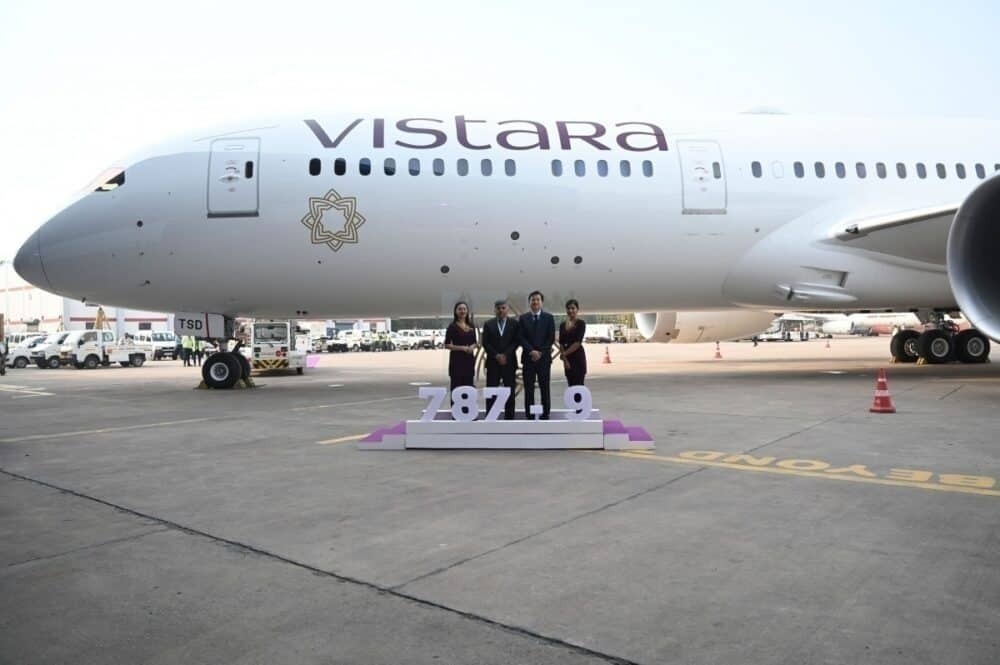Almost six months since India reversed its ban on using WiFi on a plane, the nation’s civil aviation regulator has finally outlined its rules for allowing inflight connectivity. The draft rules are fairly standard and should be passed without issue. It is hoped they will be formally adopted by the end of the year.

Despite two Indian airlines flying WiFi capable aircraft, neither has so far been able to use WiFi in Indian airspace, as the rules have not been released. Vistara’s A321 and its Boeing 787 have WiFi capability, as does SpiceJet on its 737 MAX. Both are involved in domestic and international flying right now as part of Vande Bharat and using India’s established travel bubbles.
Now, it seems we’re on the road to being able to make use of this inflight connectivity over India. The draft rules, published this week and reported by the Times of India, are open for public consultation for some weeks. Depending on the outcome of this consultation, the rules could be firmed up and issued later this year.
Outline of the rules
At first glance, the rules seem pretty much in line with what we would expect. DGCA chief Arun Kumar issued the rules this week and will apply to all Indian civil registered aircraft and to all Indian operators engaged in scheduled, non-scheduled and private operations.
The draft rules state that the internet service should not be available until after 3,000 meters above the departure airfield. This is as was recommended by the Telecom Regulatory Authority of India (TRAI) back in 2018.

The DGCA also states that portable electronic devices (PEDs) should only be used in ‘airplane mode’ and that the pilot in command may, at and time of flight and for any reason, decide to deactivate the connectivity.
The DGCA also wishes to maintain oversight of the inflight connectivity happening in its airspace. It says that the aircraft will need to be approved by the regulator for WiFi functions and that the operator must ensure that they only used an internet service provider (ISP) that is approved by the Department of Transport.
A more unusual inclusion of the WiFi rules is that the DGCA asks operators to carry out a risk assessment of all the PEDs capable of using the WiFi. It says this must include the hazards associated with PEDs in various aircraft zones, in different stages of the flight and during unusual circumstances such as turbulence. Presumably, this will only need to be done once, and not before every flight.

Getting set for WiFi
While the rules will take some time to iron out and be officially adopted, that hasn’t stopped India’s airlines from laying the groundwork to get the services off the ground. Last year, Vistara entered into a partnership with NELCO to provide inflight WiFi services, delivered by Panasonic.
With the arrival of its Dreamliner, Vistara became the first Indian airline capable of offering inflight WiFi. With the airline now starting flights to London tomorrow, hopes are high that it will become a flagship international airline operating out of the nation.
This article is brought to you by Simple Flying Connectivity, a new category on Simple Flying dedicated to inflight connectivity. Click here to read all of our inflight connectivity content.
[ad_2]
Source link



